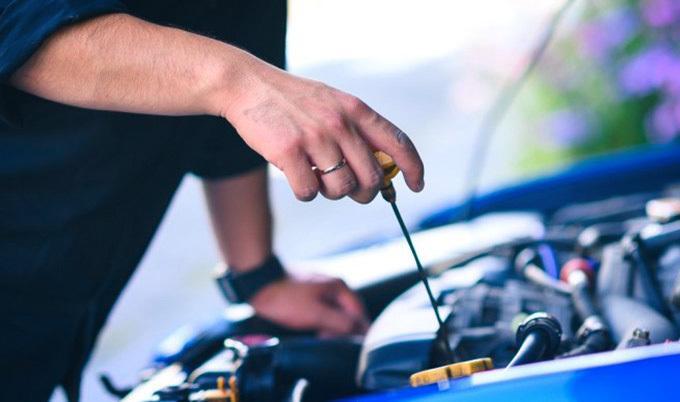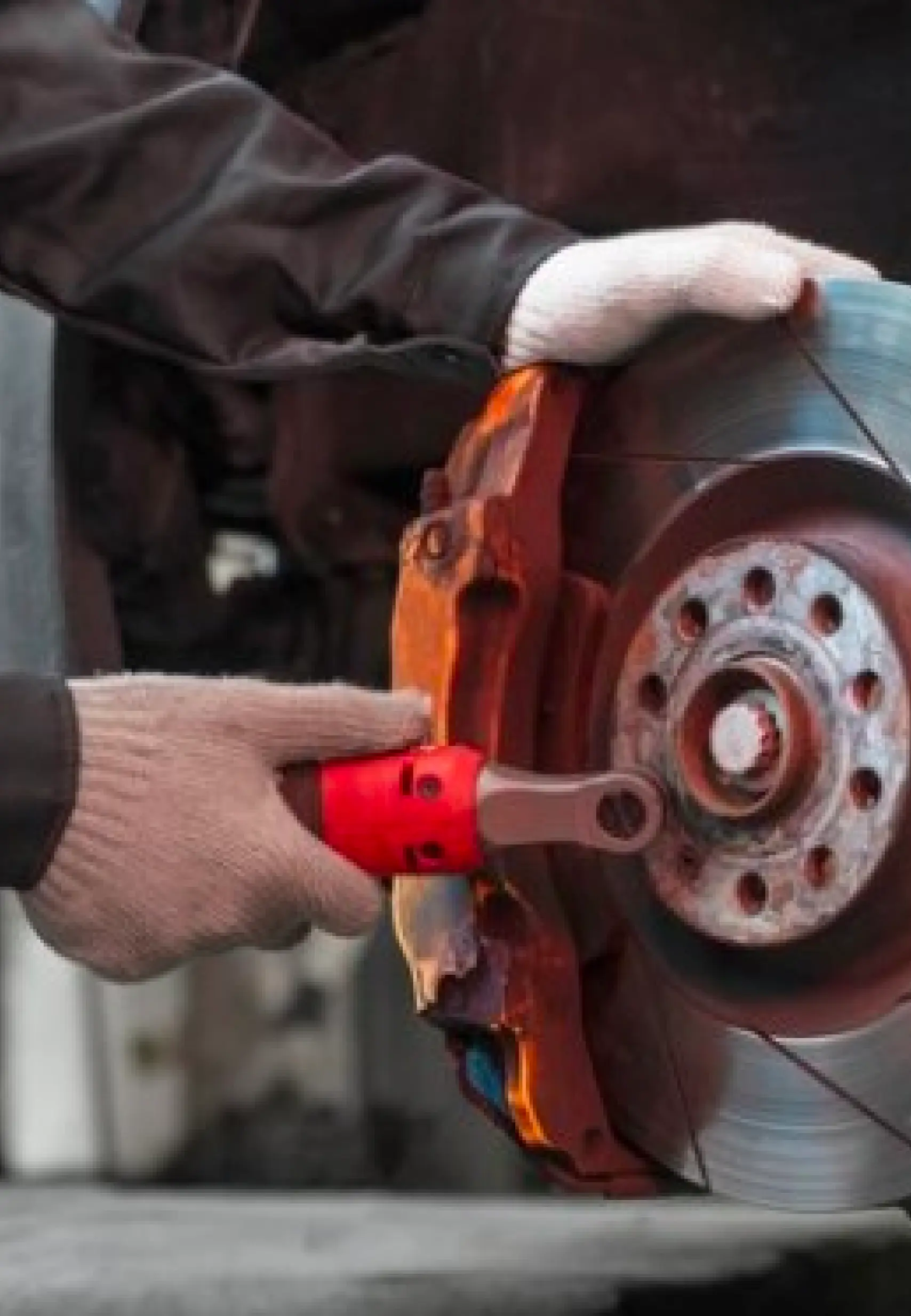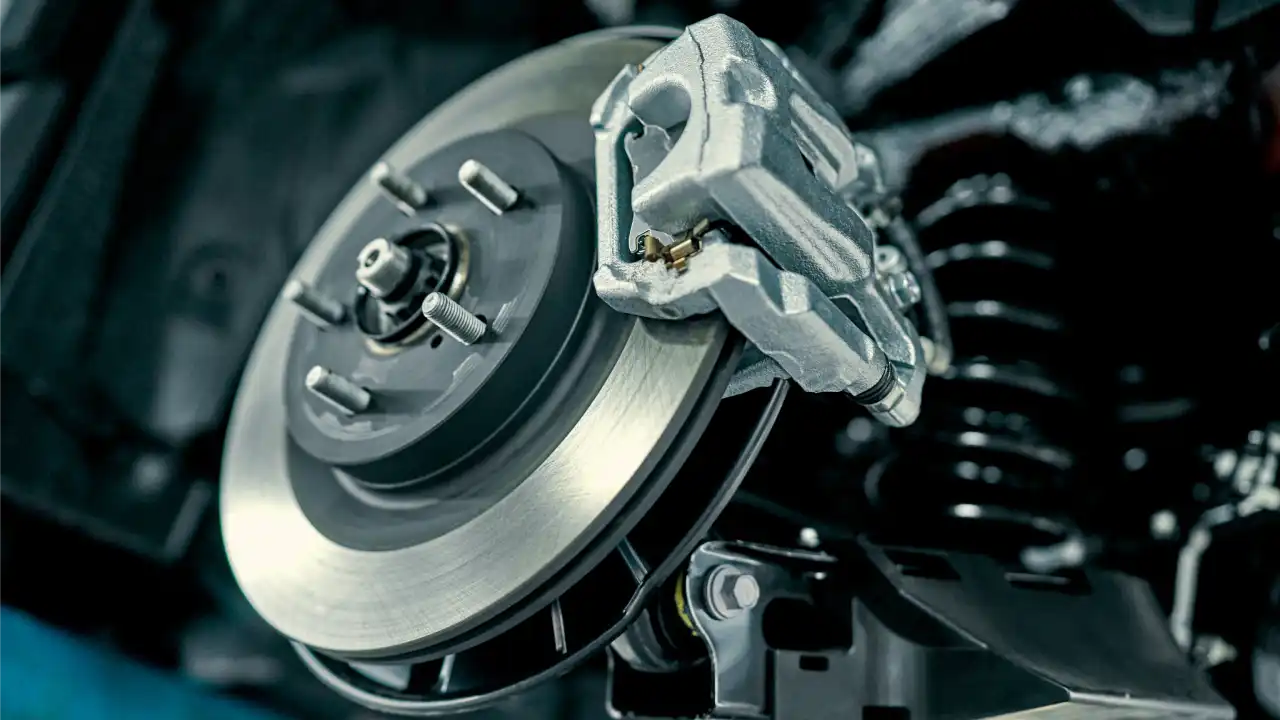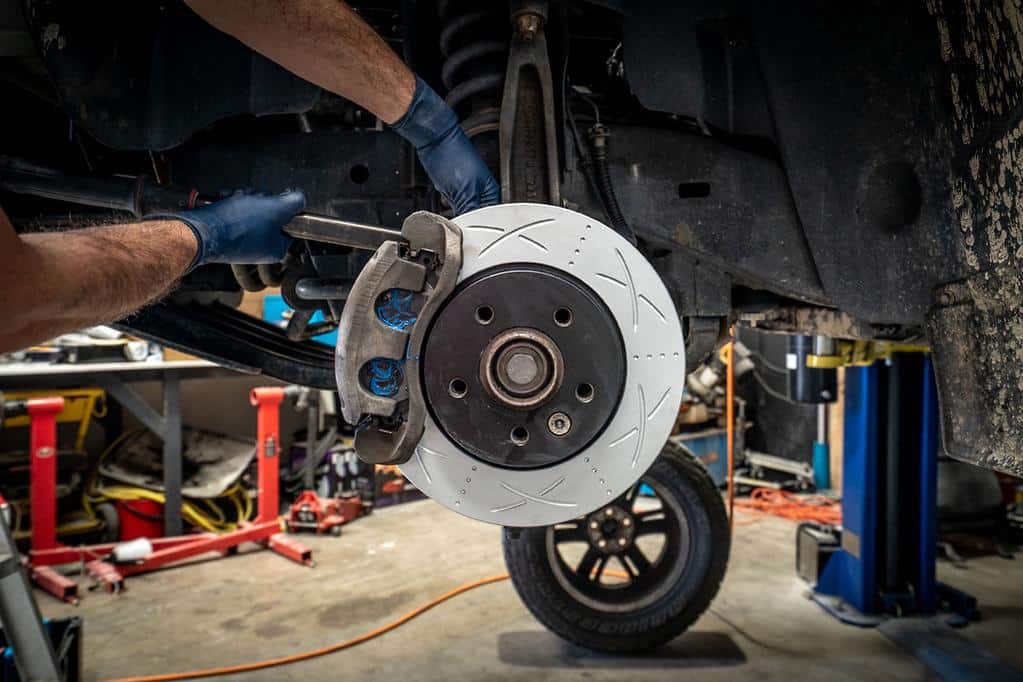Blog
DIY Car Maintenance Guide: Essential Tips and Step-by-Step Tutorials for Every Car Owner
- By Jimmy G's Automotive
- May 02, 2024
- Brake Repair Services
- 0 comments

DIY Car Maintenance: Essential Tips for Every Car Owner

Why DIY Car Maintenance?
Understanding Your Vehicle: Acquiring knowledge about how to take care of your car will expose one to how the machine works, thus further exploration on how even to handle it when an emergency arises.
Cost Savings: Regular maintenance can prevent costly repairs in the future.
Convenience: Perform maintenance on your schedule without the wait at service centers.
Getting Started: Tools and Safety
- Wrench set
- Screwdrivers
- Pliers
- Jack and jack stands
- Oil pan
- Funnel
- Tire gauge
- Work gloves and safety glasses
Safety Tips:
- Always work in a well-ventilated area
- Use jack stands, never rely solely on a jack.
- Store and dispose of fluids properly to protect the environment.
- Always disconnect the battery when working on electrical components.


Changing Your Oil: Step-by-Step Guide
Steps:
- Prepare: First, make sure the car is on a level surface. Start the car, then turn it off after warming (drive for at least 5 minutes) the engine oil.
- Drain the Oil: What you need to do is place the oil pan directly under the oil drain plug and then use the wrench to loosen it, finally letting all the oil content drain into the pan.
- Replace the Oil Filter: Replace the oil filter using an oil filter wrench. Coat the gasket of the new filter lightly with motor oil, and screw in the new filter by hand.
- Add New Oil: Using a funnel, pour new oil into the engine through the fill hole. Check your owner’s manual for the correct type and amount of oil.
- Check for Leaks: Start the engine and let it run for a few minutes. Check under the car for any signs of leaking oil.
Dispose of Old Oil: Take the old oil to a recycling center.
Checking and Adjusting Tire Pressure
Importance: Proper tire pressure ensures optimal tire life and fuel efficiency.
Steps:
- Find the Recommended Pressure: Check your owner’s manual or the sticker inside the driver’s door.
- Check the Pressure: Either use a tire gauge to check the tires cold (not driven on for a minimum of three hours).
- Adjust the Pressure: Inflate or deflate your tires as needed to match the recommended pressure.
- Regular Checks: Perform this check monthly and before long trips.
Replacing the Air Filter
Frequency: Every 12,000 to 15,000 miles.
Steps:
- Locate the Air Filter Unit: Usually found in a black box with metal clips on the side.
- Remove the Old Filter: Open the box and take out the dirty filter.
- Insert the New Filter: Place the new filter in the box the same way the old one was sitting.
Secure the Box: Close the lid and secure the clips.
Advanced Tips: Beyond the Basics
- Spark Plugs: Replacing spark plugs can enhance engine performance. Typically, this should be done every 30,000 miles.
- Brake Pads: Check brake pads during tire rotation. Replace if thickness is less than ¼ inch.
- Battery Maintenance: Clean the corrosion from the battery terminals using a brush and baking soda, so that there is good, tight contact.
Conclusion: Embrace the DIY Ethic
Frequently Asked Questions (FAQs)
Another area that needs immediate attention is the regular check of oil and filters. This process should be carried out every 5,000 to 7,500 miles. Dirt should also be removed from the vents and/or air ducts every 12,000 to 15,000 miles in order to ensure good indoor air quality.
* It is advisable to also put commonly at least once a month to check that the tire pressure is ideal.
This subject has to be dealt with promptly, if it has nothing to do with a simple clogging. The first course of action should be to acquire professional help. Beware of the difference between the acts that can’t be helped to cause the damage and the acts that can be prevented for the same reason too.
Yes. The owner enjoys a high retention price on the well serviced car, which can be regarded as a definitive advantage over similar cars on sale.
Maintenance must not thus become warranty-free, provided it is done per manufacturer prescriptions and using original spares/lubricants.
There is a reason that car dealers are highly regulated, and safe repairs should not be done in the home garage, without the specialized tools they have. For example, if a home garage user is working around the electrical system and the transmission, this can be quite dangerous and, in some cases, even fatal.